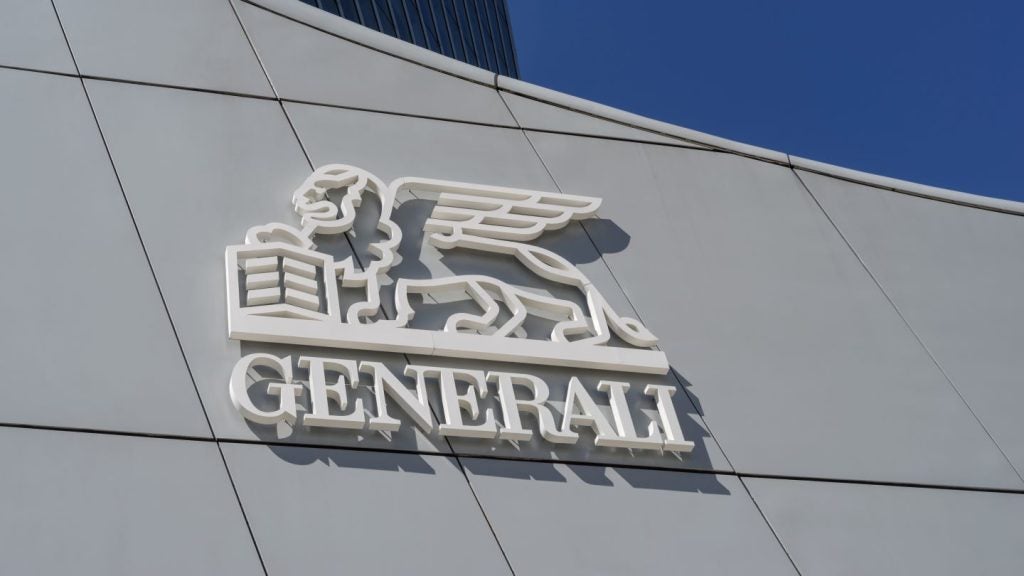Chubb has teamed up with Aon’s catastrophe model development centre of excellence, Impact Forecasting, to develop a new terrorism risk model for Manhattan in New York City and other dense urban environments.
Risk modelling specialists from Chubb and Impact Forecasting are leveraging a new approach to model terrorism exposures to provide more realistic quantifications of property and casualty losses.
Based on blast engineering, the new model will offer more accurate insights into terrorism risk to enhance resilience for businesses and communities.
Chubb chief digital officer and chief risk officer said: “Despite tremendous advances in the underlying science over the past few decades, the catastrophe models available to insurers remain outdated.
“That’s why we are so excited about our partnership with Impact Forecasting. By using the latest science and most sophisticated risk management tools, we gain unique insights into the risk profile in Manhattan. This will help us better assess and manage this critical exposure in our business.”
How new terrorism risk model will work
Using advanced computational fluid dynamics modelling techniques, the new model will imitate thousands of blast interactions with the surrounding three-dimensional building environment.

US Tariffs are shifting - will you react or anticipate?
Don’t let policy changes catch you off guard. Stay proactive with real-time data and expert analysis.
By GlobalDataThe simulations are then combined with a detailed engineering approach, which considers the buildings’ structural resistance and performance from the viewpoint of anti-terrorism standards and progressive collapse design guidelines.
The approach allows the model to differentiate facade and structural damage, while determining the likelihood that a building will collapse.
Chubb said that the model can more accurately estimates property and workers’ compensation losses by recognising the type of damage to be sustained by each building and the injuries and fatalities associated with it.
Aon Impact Forecasting team catastrophe risk consultant Cristina Arango said: “The new terrorism risk model for Manhattan provides an enhanced view of the terrorism risk.
“We have developed an approach that can be applied to any city across the world, quantifying the effect of modelling uncertainties to highlight the variation of the possible impacts.
“Our goal is to provide insurers with the insight and analytical tools to help them manage terrorism risk more strategically.”







